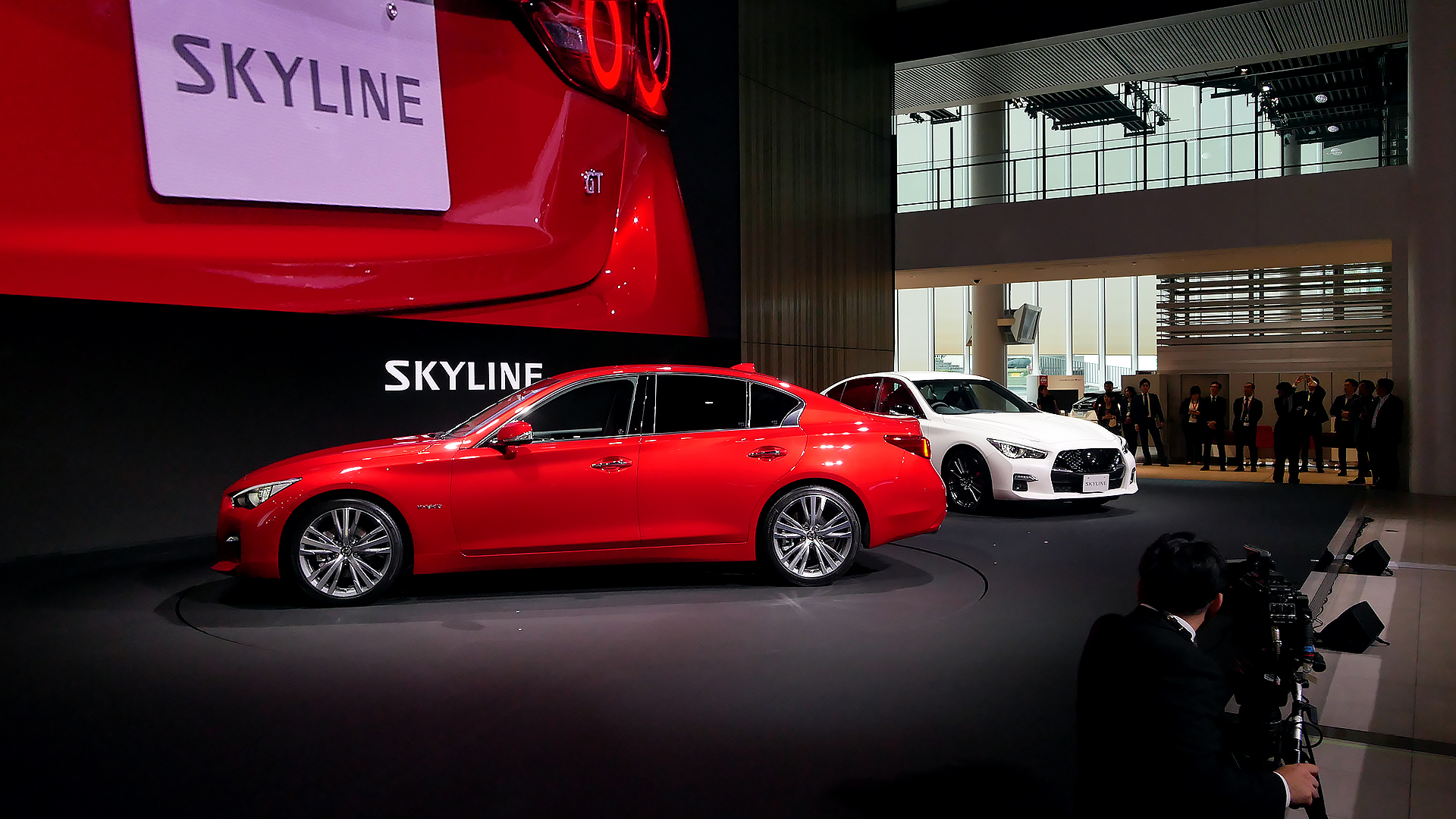

Nissan recently unveiled the first ADAS system that allows you to legally takes your hands off the wheel when cruising down a Japanese expressway. The system will be available in a few months in Nissan’s revamped Skyline sedan. Beyond the fact that the system relies on MobilEye technology, Nissan so far steadfastly refused to reveal details of the electronic brains behind the system. A peek behind the silicon kimono is now made possible by the Japanese automotive chip-monster Renesas.
According to Renesas, Nissan’s ProPILOT 2.0 system is powered by two of its automotive-centric systems on a chip (SOC), namely the R-Car V2H dedicated ADAS device, and the RH850/P1x-C microcontroller. Along with a MobilEye EyeQ4 SoC, the Renesas chips are on a proprietary Nissan circuit board.

The R-Car V2H packages all functions needed for ADAS into a single 647-pin flip chip ball grid array. Compute power is provided by two lowly ARM Cortex A15 cores, assisted by a PowerVR SGC531 GPU. DDR3 ECC memory is external. The chip interfaces directly with 1000base Ethernet, and 2 CAN-bus channels. Cameras are connected via six image distortion correction (IMR) channels feeding an IMP-x4 image recognition core.
The R-Car V2H is not the most powerful ADAS chip in the inventory of Renesas. Announced as early as 2014, and available in volume since 2016, the V2H has since been succeeded by the R-Car V3H, an SOC sporting four ARM Cortex A53 cores strapped to two ARM Cortex R7 cores for low power consumption and redundancy. Apparently, the V2H is deemed good enough for the application.
The MCU part of the job is handled by the Renesas RH850/P1H-C chip, an automotive-centric microcontroller built around two lock-step V850 32bit RISC cores and all the I/O needed to control a car.